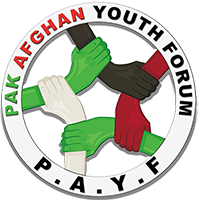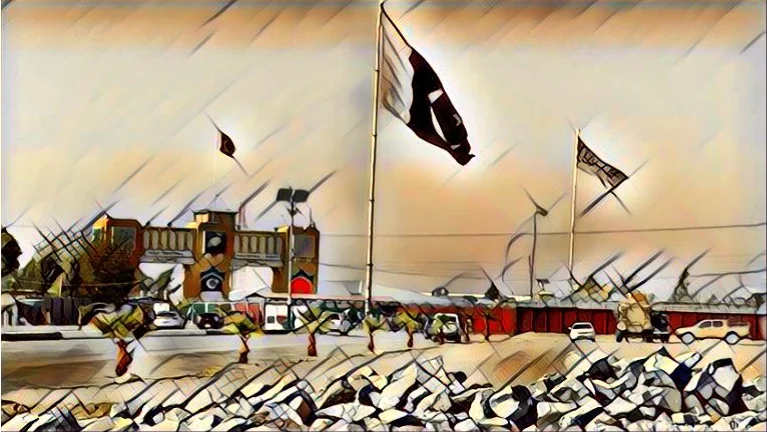In the vast tapestry of the Islamic world, a deep scar remains—one that is invisible to the naked eye but felt profoundly by millions. It is the wound of takfir, an ideology that has torn apart communities, families, and nations. Imagine a time when a single word—”kafir”—could cast a shadow of doubt and distrust among brothers and sisters who share the same faith. This word, when wielded in the name of righteousness, has shattered the very foundation of unity in the Muslim world, leaving behind a trail of intellectual, political, social, and economic devastation.
For decades, the Islamic world has been torn apart by the destructive forces of war and terrorism, with takfir at the heart of the chaos. Takfir—declaring fellow Muslims as disbelievers—has led to the fragmentation of the Ummah, bringing destruction across intellectual, political, social, and economic spheres. The ideology has left deep scars on Muslim societies, making it difficult for the Ummah to recover and unite.
Intellectual Loss and Decline: The Price of Takfir
The most severe intellectual damage to the Muslim world has come through the martyrdom of respected scholars. The 19th and 20th centuries witnessed the killing of countless intellectuals in regions like the Arab world, India, and Persia. This trend continues to affect communities even today, leading to a significant loss of knowledge and wisdom that could have guided the future of the Ummah. The zeal for takfir has driven many bright minds away from religious study, weakening the intellectual core of Muslim societies.
Takfir’s Political Fragmentation: A Divided Ummah
Takfir has deepened the sectarian divide, shifting Muslim identity from unity to fragmentation. Instead of focusing on collective political goals, Muslims are now more divided by group affiliations, leading to a weakened political will. This lack of unity has made it difficult for the Muslim world to act cohesively on matters such as the defense of Jerusalem, which should have been a rallying point for Muslims globally. Political stability has become elusive, with nations affected by takfiri ideologies struggling to find a unified purpose.
Also See: Faith, Fire, and Fitna: The Cost of Pakistan and Afghanistan Discord
Defensive Weakening: Takfir‘s Historical Impact
Historically, takfir has led to internal conflicts, diminishing the defense capabilities of Muslim states. From the time of the Rashidun Caliphate, the Muslim state has been weakened by the fight against takfiri factions like the Kharijites. This internal strife distracted the Ummah from addressing external threats, leading to political and military vulnerability. This pattern has persisted through the centuries, with the Ottoman Empire and modern Muslim nations like Pakistan facing similar threats from takfiri terrorism, undermining defense capabilities.
Economic Setbacks: The Cost of Sectarian Violence
The rise of sectarian violence fueled by takfir has contributed to economic stagnation in many Muslim-majority countries. The division of societies has disrupted social order, leading to conflicts that have hindered economic progress. In Pakistan, for instance, poverty and instability are partially the result of ongoing takfiri violence, further exacerbated by corruption and political mismanagement. These factors have impeded the nation’s economic development and stability.
Social Fragmentation: The Breakdown of Unity
Takfir has also left a mark on social cohesion. Once, Muslim societies thrived on values like tolerance, empathy, and mutual respect. Today, these values have been replaced by extremism and division. The practice of declaring others as non-believers has fractured communities, leading to a breakdown in social harmony. Religious leaders, who once played a central role in promoting ethics and unity, now struggle to counter takfir’s divisive impact. Corruption, dishonesty, and moral decay have become widespread, eroding the foundation of society.
Takfir’s legacy is one of profound loss across various facets of Muslim life—intellectual, political, economic, and social. These scars may take generations to heal. As the Muslim world grapples with the consequences, it faces the challenge of overcoming the damage caused by this divisive ideology in order to reclaim its unity and potential.
The consequences of takfir are not just a matter of historical or regional concern; they have real, lasting effects on the future of the younger generation. The youth in Pakistan and Afghanistan are at the forefront of navigating the aftermath of this ideological rift, as they inherit the social, political, and intellectual challenges left behind. Today, as the next generation steps forward, they must face the daunting task of reconciling the divisions of the past and rebuilding the fractured Ummah. The impact of takfir is not something that can be erased overnight; it requires collective effort, wisdom, and patience.
This article reflects the author’s perspective and not the official views of the Pak-Afghan Youth Forum (PAYF).



